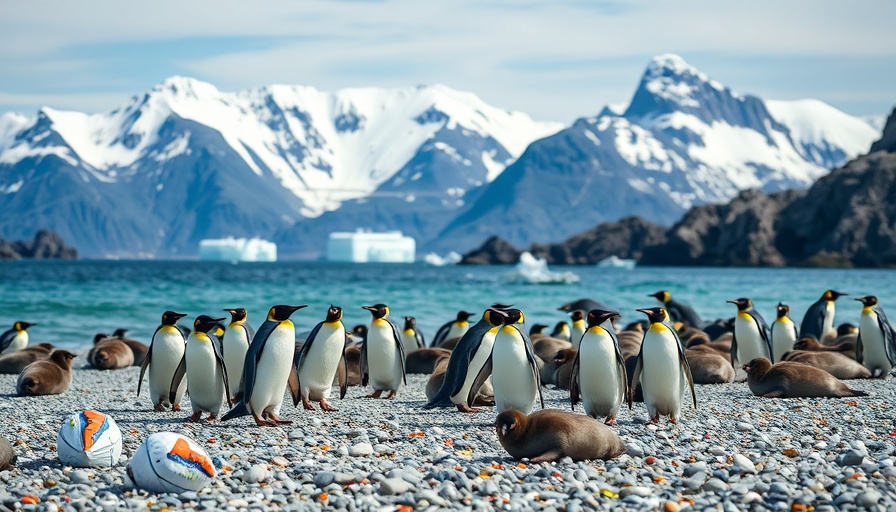
Iceberg A23a: A Formidable Natural Phenomenon
The world’s largest iceberg, known as A23a, is making headlines as it moves toward South Georgia Island, a biologically rich region located in the South Atlantic Ocean. The iceberg, measuring approximately 1,500 square miles and weighing nearly a trillion metric tons, poses a potential threat to the wildlife and ecosystems of the island, best known for its diverse marine life and its population of King penguins.
Understanding the Natural Ecosystem
South Georgia is home to one of the largest King penguin colonies in the world. It serves as a critical habitat not just for penguins but also for seals and various marine species that thrive in these nutrient-rich waters. An impact from the iceberg—if it collides and splinters—could disrupt feeding access for these animals, posing severe risks to their survival.
The Science Behind Icebergs and Climate Change
Research into iceberg behavior, including the movement of A23a, provides valuable insights into broader climate dynamics. While A23a's initial break from the Filchner-Ronne Ice Shelf cannot be directly attributed to climate change, its future movements could reflect the ongoing shifts in Earth’s climate patterns. Understanding how these icebergs influence oceanic carbon cycles may unveil critical data on nutrient distribution in marine ecosystems, impacting the health of marine populations.
A Cautionary Tale for Future Generations
As A23a makes its journey towards South Georgia, its trajectory serves as a reminder of the ever-changing face of our planet. The potential dissolution of giant icebergs like A23a could provide nutrients that foster new life in less productive areas, but they also highlight our need to address climate change head-on. The frequency of icebergs breaking free from ice shelves may increase as global temperatures rise, leading us to ponder how we will respond to such natural phenomena.
Learning from the Natural World
The situation with Iceberg A23a provides a unique opportunity for scientists to investigate the impact of large ice masses on local ecosystems. As the iceberg continues its path towards the island, researchers are collecting data which could help predict the effects on wildlife and fishing industries. Enhanced understanding of these massive icebergs could foster resilience against the challenges posed by environmental changes.
 Add Row
Add Row  Add
Add 




 Add Row
Add Row  Add
Add 



Write A Comment